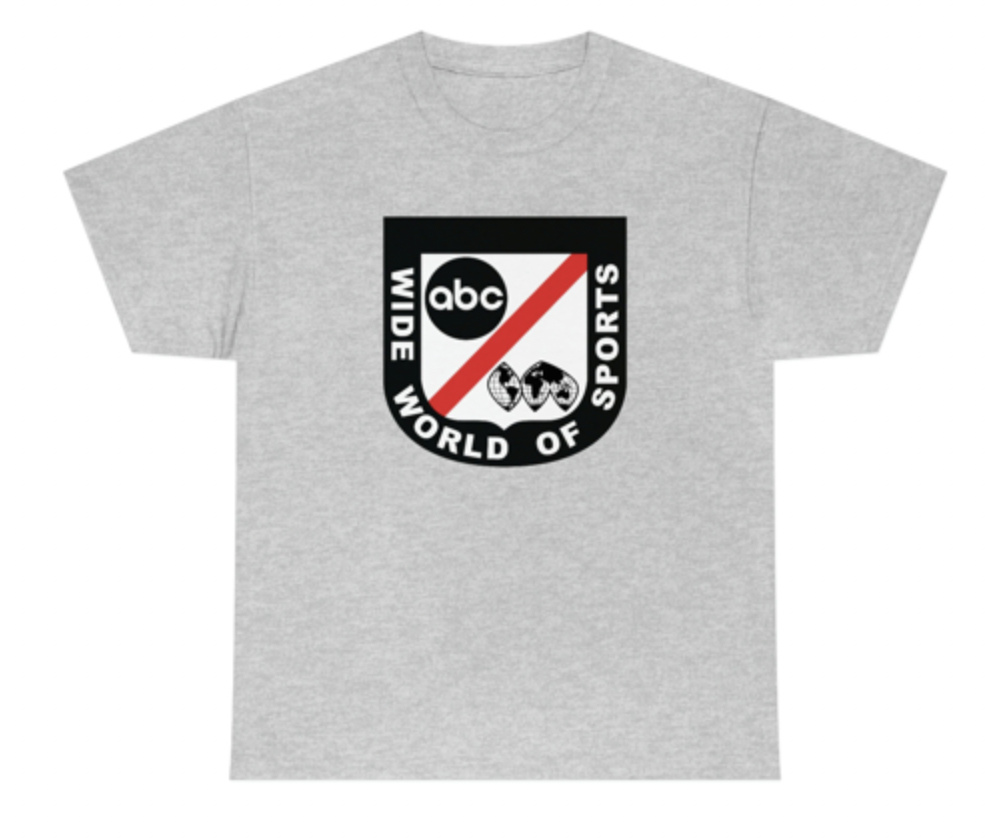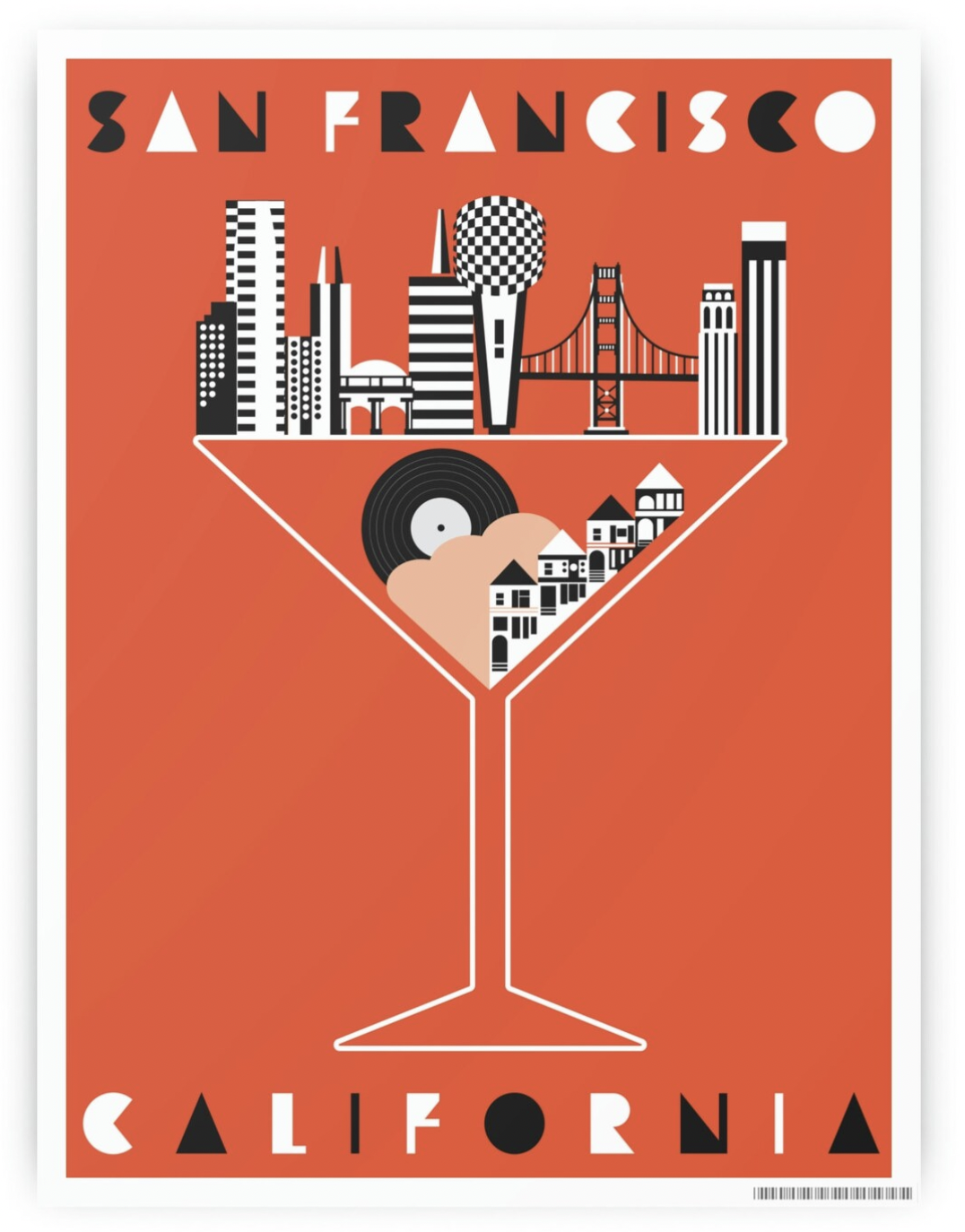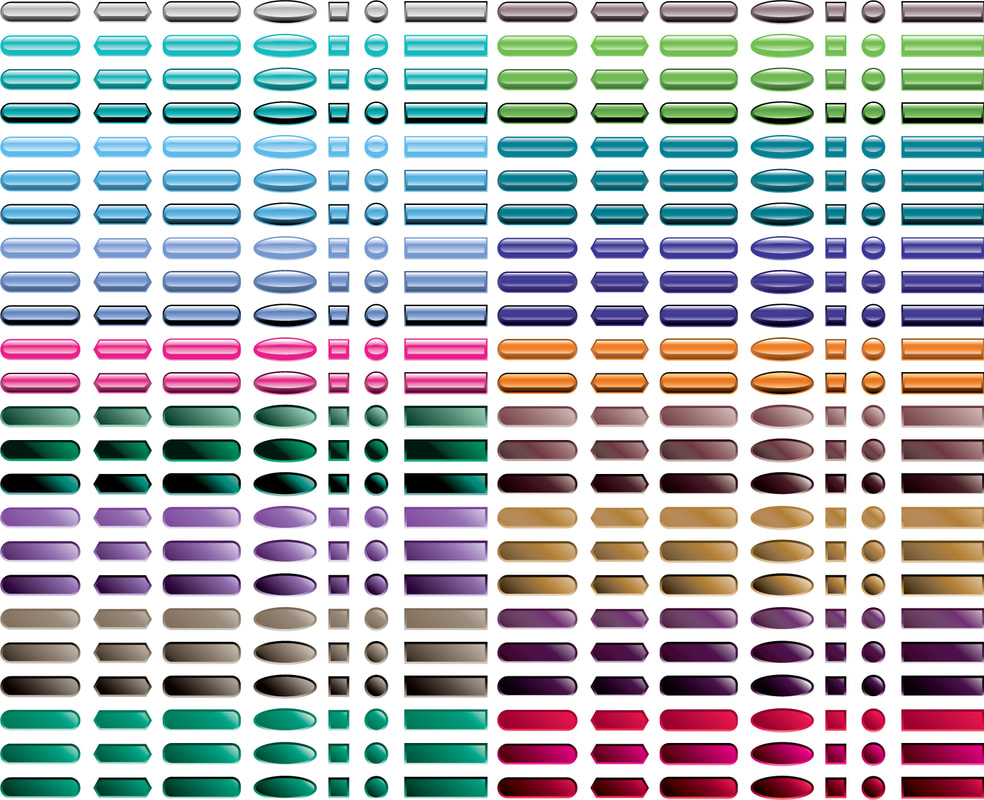|
Remember ABC's Wide World of Sports with host Jim McKay? The agony of defeat? You purchase this shirt form Etsy! Wide World of Sports Logo Shirt on Etsy. #etsy #abcsports #wideworldofsports
0 Comments
My new poster"San Francisco - Party Town" is now available on Etsy!
You can purchase the San Francisco poster on Etsy here. The poster references the Salesforce Tower, The Golden Gate Bridge, Coit Tower and more. This is a great resource for articles on and about graphic design whether you are a professional or novice designer. Discover the most popular articles on Just Creative sorted by category. Want to dig even deeper? View the full archives sorted by date here;
Graphic Design articles Hey Photographers! Here are 20 different presets. You can check them out here.
#lightroom #lightroompresets #photograpghers I think this artist does a great job showing you how to begin drawing. Even if you already draw these videos are huge to watch.
Pencil Drawing Made Easy There are many color models but the main two most designers use are CMYK and RGB color models.
CMYK color modelThe CMYK color model, which is used in printing, uses the components cyan (C), magenta (M), yellow (Y), and black (K) to define color. Values for these components range from 0 to 100 and represent percentages. In subtractive color models, such as CMYK, color (that is, ink) is added to a surface, such as white paper. The color then “subtracts” brightness from the surface. When the value of each color component (C,M,Y) is 100, the resulting color is black. When the value of each component is 0, no color is added to the surface, so the surface itself is revealed — in this case, the white paper. Black (K) is included in the color model for printing purposes because black ink is more neutral and darker than blending equal amounts of cyan, magenta, and yellow. Black ink produces sharper results, especially for printed text. In addition, black ink is usually less expensive than using colored ink. RGB color model The RGB color model uses the components red (R), green (G), and blue (B) to define the amounts of red, green, and blue light in a given color. In a 24-bit image, each component is expressed as a number from 0 to 255. In an image with a higher bit rate, such as a 48-bit image, the value range is greater. The combination of these components defines a single color. In additive color models, such as RGB, color is produced from transmitted light. RGB is therefore used on monitors, where red, blue, and green lights are blended in various ways to reproduce a wide range of colors. When red, blue, and green lights are combined at their maximum intensities, the eye perceives the resulting color as white. In theory, the colors are still red, green, and blue, but the pixels on a monitor are too close together for the eye to differentiate the three colors. When the value of each component is 0, which signifies an absence of light, the eye perceives the color as black. Ever wonder how the words get onto the pages of your favorite comic book? Well, it used to be some dude sitting at a drafting table hand writing everything into their own balloons, but nowadays it’s all done using Adobe Illustrator.
The comic book industry has traditionally done things in a very linear order, with the letterer being the last person in the chain to get to work. When they start, the page has been penciled, inked, and usually colored, and all that has to be done is for the letterer to add the word balloons and the text from the script that the writer provides. They’re then given a PDF to work with, make the balloons in Illustrator, fill them in using fancy fonts (like the ones Comicraft sells right here on Creative Market), and send it back for final proofing. Now you won’t break into Marvel or DC right off the bat, but there are lots of comic book hopefuls out there that need their comics lettered, and a quick search or two on Facebook will find them for you. Who knows, it could turn into something fun down the line, too! Taken from the Smithsonian Magazine.
https://www.smithsonianmag.com/history/biggest-license-plate-fails-us-history-180981025/ Free download of multiple colored and different sized vector buttons for all your digital needs. Click on the link below. Enjoy! #freevectorbuttons #graphicdesign #socialmedia
I've been a graphic designer for more years than I actually want to say out loud. I've been looking around recently and I don't see many "older" designers? I hope I'm wrong about this. Is being a graphic designer a young person's profession? Keeping up with the ever-changing technology of design is very challenging and it seems like every employer expects a graphic designer to be an expert on the latest and greatest software. I remember when Flash was the rage to learn. I took a few classes but in the end, it took me away from illustrating and designing. I did this with HTML coding as well. These things took me away from what I do best, creating creative content.
I'm straying from my original question; do all graphic designers end up taking a "people-managing" position like a creative director or producer? Is it a "burn-out" position? Unlike other professions, we as designers are continually applying our skills to new marketing and branding avenues. I for one dabble in photography and video, applying these photographic images into many of my collages. I bought a high-end video camera and now sell stock video on Pond5. Again, I ponder the original question; is graphic design a lifetime position? Even after this many years I have to prove myself to my newest employer or client. Although print skills are still in demand, digital advertising exploded even more than it was because of the pandemic. The new "trendy" software is Figma and Sketchup. And lately the agencies are moving away from Powerpoint to the more collaborative online apps such as Google Slides. Is being creative even something valued any more? Or is it the software skills are valued? How do you learn Figma without jumping into a collaborative project? Again, does this continued change in graphic technology exhaust or excite graphic designers? I will ask the designers reading this; are you an older graphic designer who still enjoys the hands-on creative process? |
Ian Ransley DESIGNIan Ransley is a Bay Area Digital Artist, Graphic Designer and Illustrator who has designed some of the most popular large-scale sporting and corporate events in the world. Archives
April 2024
Categories
All
|
||||||
copyright 2024 Ian Ransley Design • branding • graphic arts • business graphics • environmental graphics • web • print




 RSS Feed
RSS Feed